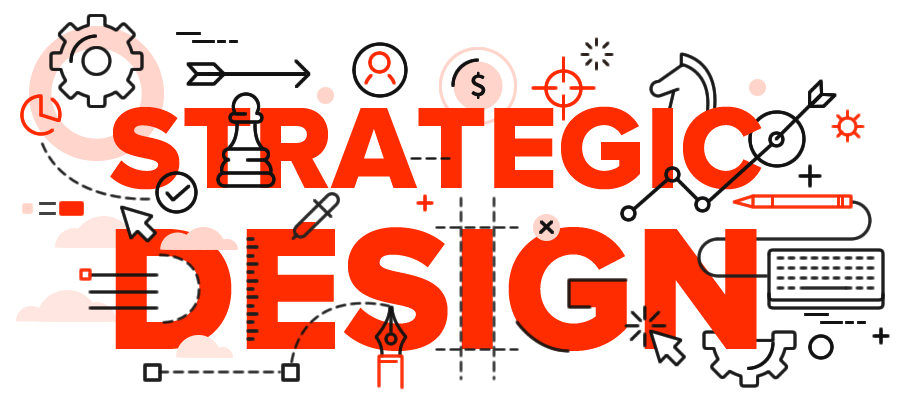Often when we build a product, we start out with an MVP that addresses the minimum requirement to get the production out in the market. Amongst other things such as development efforts, costs, and implementation time, customer needs also play a crucial role in deciding which feature stays on the shelf How does one decipher the customer’s need, especially since many customers may not be able to evenly articulate or know what they want? The Kano model is useful in gaining a thorough understanding of a customer’s needs. Simply put, it gives your product the best chance of being successful by putting the customer in the front and center.
My first chanced encounter with the wonders of the Kano was with one of our Telekom clients who extensively used the Kano Model to prioritize which design features we built vs which one would take the backseat. To give you a little background, we are building a tool that would help innovators to get their ideas validated -and the Kano model played a crucial role as a star feature of this product. So it was doubly important that we understood the finer workings of the Kano model as a team because:
- We were using it along with the telecom team to decide which features should go out and
- Kano was a major component in the product that we are building

When to use the Kano Model.
Imagine you are a product manager determining what features to build in the next quarter. You could have a huge list of features but you do not have the time or the resource to build all of them. In this situation, the Kano Model could be used to align your efforts better.
So let’s just get to it, what is Kano?
The Axis – The kano works by understanding each feature you want to develop based on two axes:
1. The X-axis depicts whether the feature is absent or present within the product or service.
2. The Y-axis represents how the customer would respond to this feature- whether they are dissatisfied or delighted by the feature.
The features
- The must-have feature– These are the features that the customer expects as a part of your product or service. If these features are present, they won’t be excited in any way but even if one of these features is absent then your customer will be very dissatisfied with the product/ service These are also known as the dissatisfiers because by themselves they cannot fully satisfy a customer. However, failure to provide these basic expectations will cause dissatisfaction. Imagine you have booked a hotel room of your choice. You enter the designated room and ideally you would try to lock the door behind you, but to your horror, there is no lock! Now you are concerned about your privacy and safety. As a guest, you would be deeply bothered by the absence of a lock and thus dissatisfied with your overall uncomfortable experience. Were you able to lock the door successfully, you would never think about this particular knob. Thus, the must-haves are features that your product should have at all times. However, if you look at the graph above, these features alone will not satisfy customers. In the diagram, the must have-feature line do not ever cross the horizontal axis
- The performance feature- The more the customer gets these features, the more satisfied they would be. Going back to the same example of booking a stay, imagine your room had ample space, bigger windows, a comfortable bed, a big TV, and a soundproof window that could minimize all the outside traffic noise.
- Delight Features- These are the features that the customer does not expect but they get delighted by their existence. These expectations are also known as the delighters or exciters because they go well beyond anything the customer might imagine or ask for. Their absence does not affect the usefulness of the product but their presence improves the likelihood of purchase of the product/service. In the diagram above, the line for delighters’ does not go below the X-Axis as the customers are not expecting these features at all, thus their absence will not dissatisfy the customers. Continuing the same hotel room example, some examples of delight features could be Getting a room upgrade, complimentary snacks/ chocolates on arrival, etc.
- Indifferent Features– This is the line that runs across the X-axis. These are the features that the customer does not care about. Its presence or absence does not affect the customer in any way. In the hotel example, having a rug on the flooring would be an indifferent feature.
- Reverse Features-These are features that annoy your customers if they are present. In the diagram, it is the line running opposite the performance line. In the same example, having to wait in a long line during the breakfast queue is annoying. Instead, the customer would like to walk in and simply select their own table
The habitual effect – What caught my eye while I dwelled deeper into the Kano Model was the “habitual effect” A theory that underlies the Kano model is what Daniel Zacarias calls “the natural decay of delight.”
Simply put, we as users get used to technology, and thus what initially delighted us becomes the new norm. Innovative services and products move from being new and exciting at the top of the Kano chart (Attractive) to expected features, at the bottom (Must-haves).
Example: Being able to track and chat with your food delivery partner on an app was once a delighting feature but now has moved to a required feature. Further, this also depends on the target market and customer segment. A delighter in a budget family car will often be a basic (must-be) feature in an upmarket segment.
To conclude, the kano is a robust model to understand customer preferences in the ever-so-changing markets. While there’s a lot more to dig into, this basic understanding can help a UX designer understand and prioritize features better.







